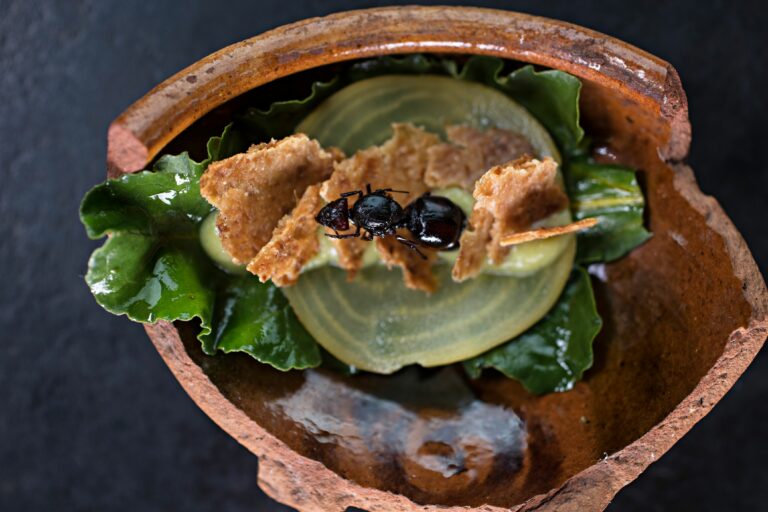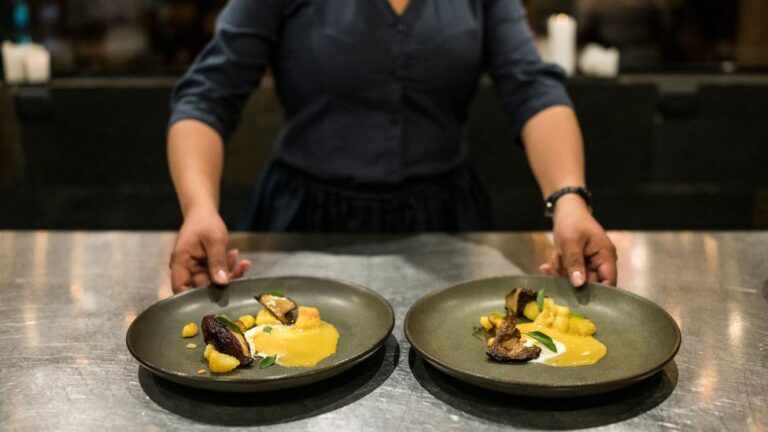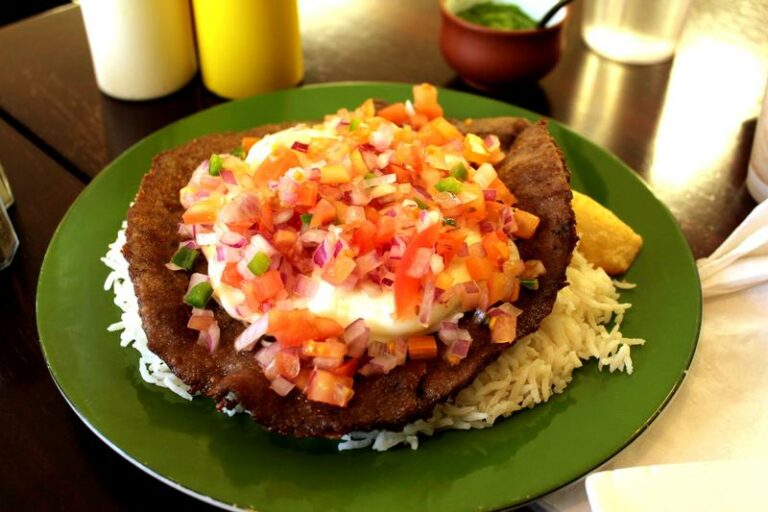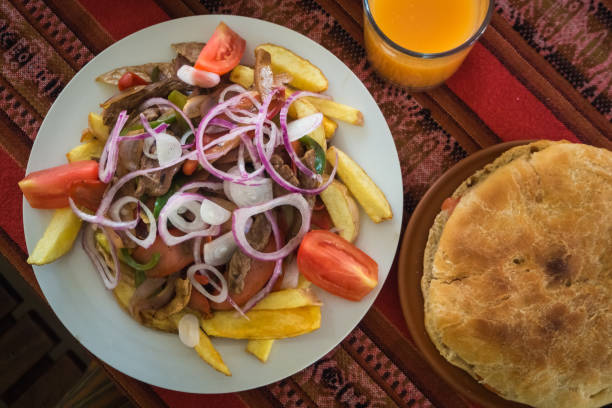Introduction: The rich soup culture of Bolivia
Bolivia is a country that boasts a rich soup culture, with a wide variety of soups that are enjoyed throughout the country. These soups are an important part of Bolivian cuisine and have been enjoyed for generations. Bolivian soups are known for their rich, hearty flavors, as well as their ability to bring people together.
Overview of Bolivian cuisine
Bolivian cuisine is a fusion of indigenous and Spanish influences, with some influence from other Latin American countries. The cuisine is known for its use of local ingredients, such as potatoes, corn, quinoa, and beans. Bolivian food is also known for its spiciness, with many dishes incorporating a variety of chilies and spices.
Importance of soups in Bolivian culture
Soups are an important part of Bolivian culture and are often served as a first course before a main meal. They are also commonly served as a stand-alone meal, particularly during cold weather. Soup is seen as a comforting and nourishing food, and is often served to those who are sick or recovering from an illness.
Traditional ingredients used in Bolivian soups
Bolivian soups often feature local ingredients, such as potatoes, corn, quinoa, beans, and various types of meat. These ingredients are typically combined with flavorful spices and seasonings to create a rich, hearty soup. Some popular seasonings used in Bolivian soups include cumin, oregano, and garlic.
Regional variations of Bolivian soups
Bolivia is a diverse country with many different regions, and each region has its own unique soup traditions. For example, in the highlands of Bolivia, soups are often made with potatoes and chuño (freeze-dried potatoes), while in the lowlands, soups are often made with fish or seafood. In the city of Cochabamba, a popular soup is Sopa de Maní, which is made with peanuts.
Popular Bolivian soup recipes
Some popular Bolivian soups include Sopa de Quinoa (quinoa soup), Sopa de Pollo (chicken soup), and Sopa de Maní (peanut soup). These soups are known for their rich, flavorful broths and hearty ingredients. Another popular soup is Sopa de Chairo, which is made with beef, potatoes, chuño, and vegetables.
How to make Bolivian soups at home
To make Bolivian soups at home, start by gathering the necessary ingredients. Many Bolivian soups are made with simple, affordable ingredients that are easy to find at most grocery stores. Some recipes may require more specialized ingredients, such as chuño or specific types of chilies. Once you have your ingredients, follow the recipe instructions to create a delicious, authentic Bolivian soup.
Conclusion: Exploring the delicious world of Bolivian soups
Bolivian soups are a delicious and important part of Bolivian cuisine. With their rich, hearty flavors and nourishing ingredients, they are a comforting and satisfying meal that is enjoyed by people throughout the country. Whether you’re looking to try new flavors or explore Bolivian culture, soups are a great place to start. So why not try making a traditional Bolivian soup at home and discover the delicious world of Bolivian cuisine for yourself?







![Can you recommend some Bolivian restaurants in [city]?](https://foodnerdy.com/blog/wp-content/uploads/2023/05/Pique-a-lo-Macho-1024x512-1.jpg)


